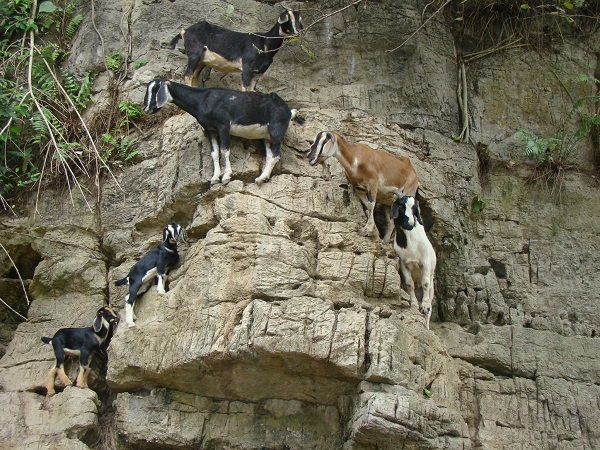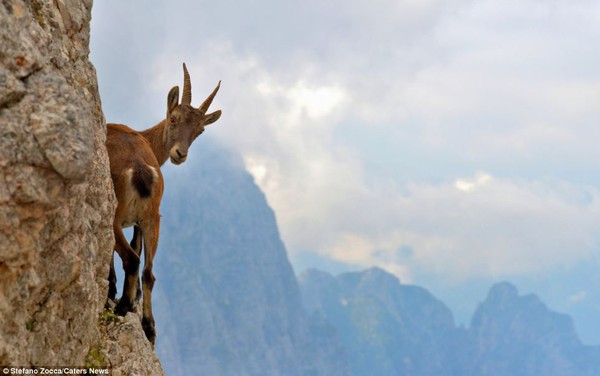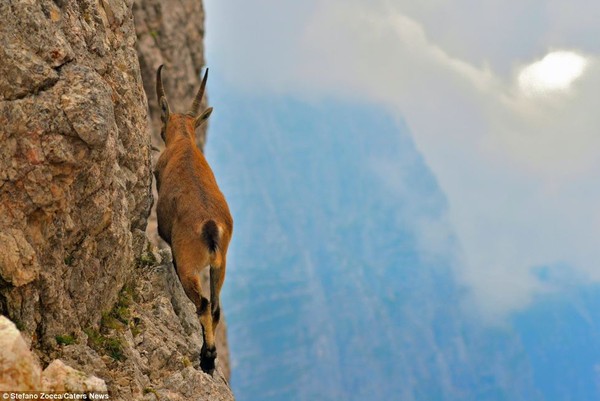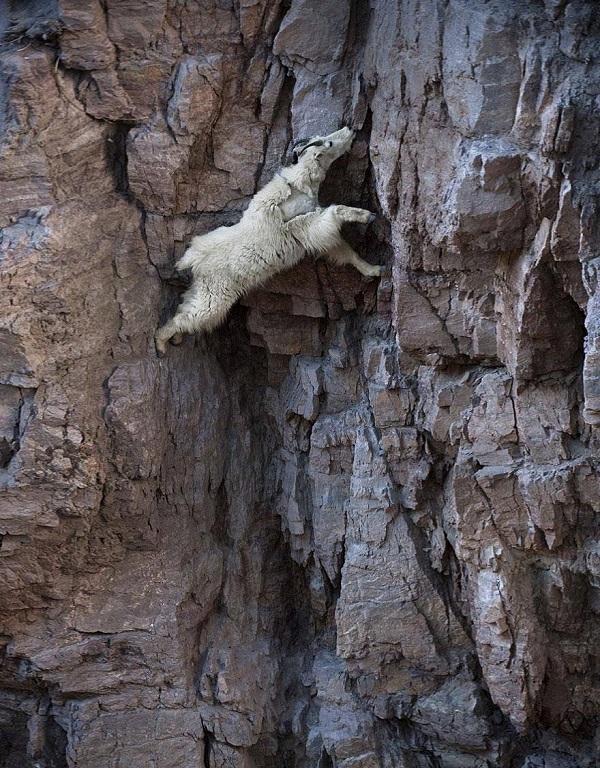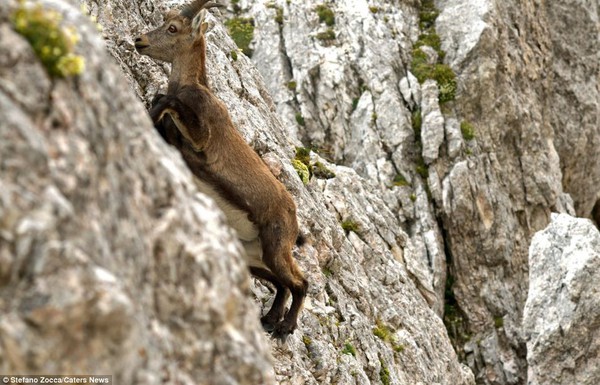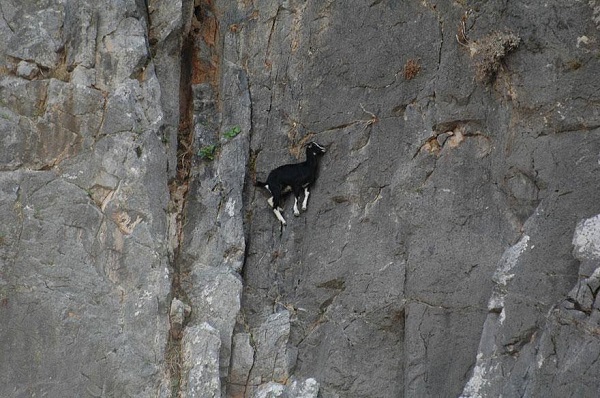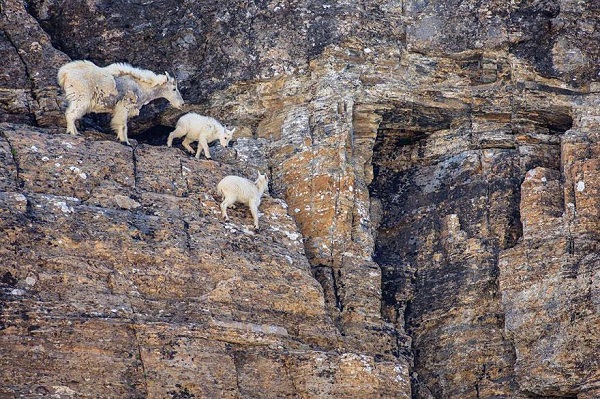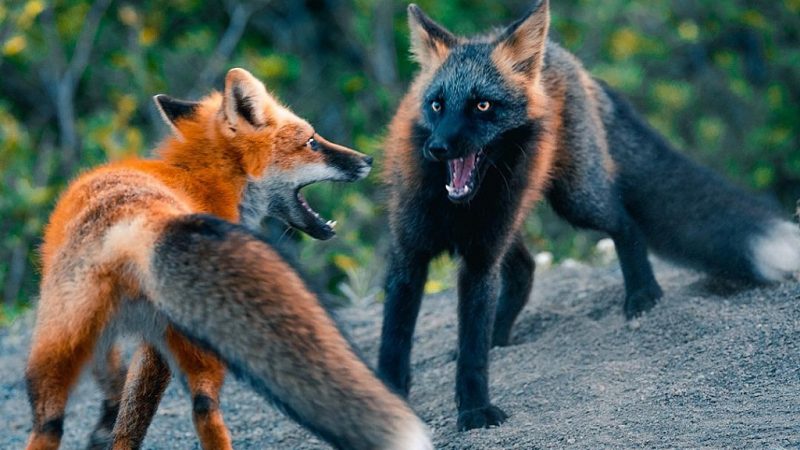Mountain Goats’ Astonishing Cliff-Scaling Prowess: Scaling Sheer Mountain Walls Over Precipitous Chasms
Let’s delve deeper into the remarkable climbing abilities of goats, as they scale nearly 457 meters high rocks in just 20 minutes.
As one of the first animals to be domesticated and closely associated with humans since ancient times, goats hold a significant place in both Eastern and Western cultures. In the East, they symbolize the Year of the Goat in the Zodiac, while in the West, they are linked to Capricorn, representing those born in the corresponding astrological sign.
Goats are renowned for their various talents, including intelligence, agility, and the ability to stay active throughout the night without needing rest. However, one of their lesser-known strengths is their unparalleled climbing prowess, often surpassing that of even feline predators like tigers, leopards, and domestic cats.
In the wild, goats exhibit a curious hobby of scaling narrow and steep cliffs. Mountain goats, a specific type native to North America, are particularly adept at climbing rocks almost 457 meters high in just 20 minutes. Their exceptional climbing ability is attributed to unique anatomical features that make them masters of the art.
First and foremost are their divided hooves, which are split into two parts with robust, sturdy edges. In the middle of their hooves, there is a sufficiently large space filled with soft, fleshy padding. This dual structure aids in maintaining balance, especially in challenging terrains, and the fleshy padding acts like a rubber sole, providing a secure grip even on the smallest contact areas.
Similar to camels, goats, belonging to the order Artiodactyla, possess highly flexible ankle bone structures that support swift movement and stability in rugged terrain. Another feature that aids their smooth climbing is their muscular body. The front body, especially the shoulder muscles, is exceptionally strong, enabling them to pull their entire body upward when ascending to great altitudes.
However, this does not imply that their hindquarters are weak. In contrast, their hind limbs, while not as robust as the front, are still sufficiently strong to allow precise and swift jumps at heights of nearly 4 meters.
With a body structure favoring a stronger front body over the rear, flat terrains are not the ideal environment for showcasing their speed and strength. Conversely, steep and even vertical terrains suit goats, allowing them to leverage their excellent pulling and pushing abilities.
Experts have also observed that goats tend to select precarious cliffs for their movements to evade potential threats from predators that lurk in more conventional terrains. Furthermore, strong winds blowing over mountain cliffs often clear the surface of snow, revealing vegetation laden with various mineral salts that goats find irresistible.
Domesticated around 7000 to 10,000 BC, goats rank among the earliest animals to be integrated into human life. Despite the passage of millennia, goats have retained their ancient habits. They are characterized by their intelligence and a predisposition to boredom, which often leads to their instinctive urge to climb and stay active. So, encountering a goat perched on a wall should come as no surprise.
Hits: 1
